Today’s post comes from Felicity Ward, who spent some time in Taipei earlier this year. Here, she highlights and discusses some of her favourite arty hotspots in the city. Taipei is a city I’m yet to visit but judging by the museums and galleries it has available, I clearly need to get there ASAP. The artists’ village, Treasure Hill, looks like my kind of place!
Taiwan is not a travel destination on the radar of many people – at least, not people from the U.K. If you’ve thought of it at all, you’ve probably pictured factories spewing cheap plastic toys and smog-clouds of pollution, but that idea of Taiwan is out of date. In the last thirty years or so this small island nation has prospered, its industries moving gradually away from manufacturing to advanced electronics and its cities evolving into clean, attractive, vibrant metropolises. In fact, Taiwan has it all – beaches, mountains, hot springs, temples, festivals, markets and, most importantly, oodles of art.
Taipei, Taiwan’s capital, somehow manages to be bustling, but not hectic; safe, but not twee; orderly, but not sterile. To those in the know (tourists from neighbouring East Asian countries flock there for frenetic weekends of shopping and feasting), the city is notorious not only for its rainy weather and delicious street food, but also its provision for culture-vultures. Taipei’s numerous galleries and museums are well worth perusing and you could easily while away a week or more just hopping on and off the immaculate, user-friendly subway to gaze appreciatively at works of art.
National Palace Museum
The most popular of Taipei’s cultural repositories is the imposing National Palace Museum, situated in the suburb of Shilin. Opened in 1965, it houses the largest collection of Chinese art in the world – a treasure-trove of antiquities brought by the KMT from mainland China, when they retreated to Taiwan at the end of the Chinese civil war. The collection is displayed over four floors and includes paintings, sculptures, calligraphy, ceramics and jade, with items dating from Neolithic times right through to the (last) Qing dynasty.
The museum is very popular with Chinese tourists, who usually arrive in large groups and can be rather… over-exuberant in their behaviour, but if you avoid peak times, this place is a must-see for anyone curious about Chinese history and classical art.
Taipei Fine Arts Museum
Perhaps of greater interest, though – particularly if your tastes run to the more recent, as mine do – are the Taipei Fine Arts Museum (TFAM) and the Museum of Contemporary Art (MOCA). TFAM is a tubular confection of concrete and glass to be found in Taipei’s Expo Park, and was the first building in Taiwan constructed for the sole purpose of exhibiting art.
It’s stated mission is to promote both Taiwanese art and international exchange, and it often shows large-scale retrospectives of established local artists, such as Dean E Mei and Chen Long-Bin, along with collections of the work of those who are ‘up and coming’, with a focus on exploring the question of Taiwanese identity. As such, it provides an excellent – and in my opinion, fascinating – introduction to both Taiwan and its history, and the styles of art produced there. With Chinese, Japanese and Western influences, Taiwanese culture can be characterised by fusion and innovation, and this is evident in the work of its artists.
Image source – Wikimedia Commons
Museum of Contemporary Art
MOCA, whilst dedicated exclusively to the contemporary, is based in a more historical building (Japanese colonial) near to central Taipei – one that previously hosted the city government – and this is evident in the viewing experience, which is a little less airy and spacious than that on offer at TFAM. The exhibitions, however, are just as exciting, and draw on a more international repertoire, displaying the work of artists from around the world.
When I visited, the shows included ‘K-POP’ (‘POP’ standing for ‘Process, Otherness, Play’), a collection of inventive work by South Korean artists showcasing the style and flair emanating from a nation whose cultural influence is currently being felt around East Asia, as well as “Vertigo-Chaos and Dislocation in Contemporary Australian Art”, which included light installations, video works and photographs by a range of Australian artists.
Shung Ye Museum of Formosan Aborigines
There has been increasing attention paid to the history and artwork of Taiwan’s indigenous minorities in recent years, and Taipei is also home to the Shung Ye Museum of Formosan Aborigines. Here, along with historical artefacts such as tools, clothing and ornaments, there are occasionally special exhibitions of photography and other art forms exploring the island’s indigenous cultures.
Miniatures Museum of Taiwan
Those in search of something more niche can head to the Miniatures Museum of Taiwan, a charming private collection of nearly two hundred Lilliputian replicas of palaces, castles, mansions and scenes from children’s fairytales, complete with miniature figures decked out in full costume, tiny furniture and intriguing interiors.
Su Ho Paper Museum
Or perhaps you might prefer the Su Ho Paper Museum, a small but beautifully converted building which encompasses the traditional papermaking workshop that originally occupied it, perfectly preserved. One floor of the building is given over to presenting the work of paper artists, another to informative displays, and visitors can participate in papermaking classes on the top floor – or perhaps simply purchase some of the handmade paper products for sale on their way out.
Image source – Wikimedia Commons
Treasure Hill
Of course art in Taipei, as in any city, is not just confined to the walls of galleries. For a more organic encounter with the Taiwanese art world, you can make the trip to the Treasure Hill artists’ village. Perched precariously on the edge of the city, it was saved from demolition by a group of students and activists in the 1980s and is now home to a municipal government-endorsed, eco-friendly, creative community. Visitors can peek into the homes and studios of the residents, gaze at art installations and enjoy a dreamy meander up and down the windy passages and staircases of the village.
Have you been to Taipei? Can you think of any arty jewels that are missing from this list? Let us know in the comments below!
Finally… Musement, a site offering museum tickets, art tours, and cultural activities has kindly let Wanderarti readers get €5 off purchases. Just use the code WANDERARTI and you can get discounted offers all over Europe!

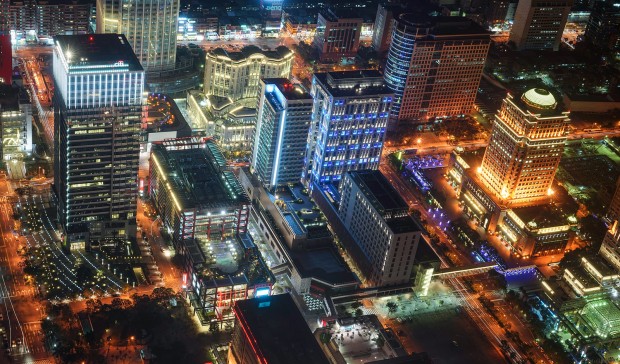
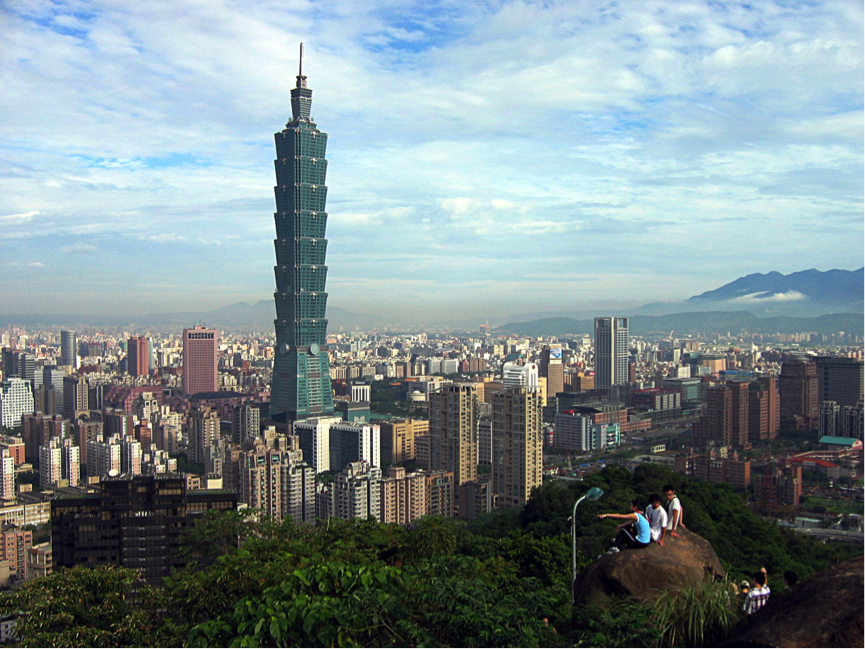
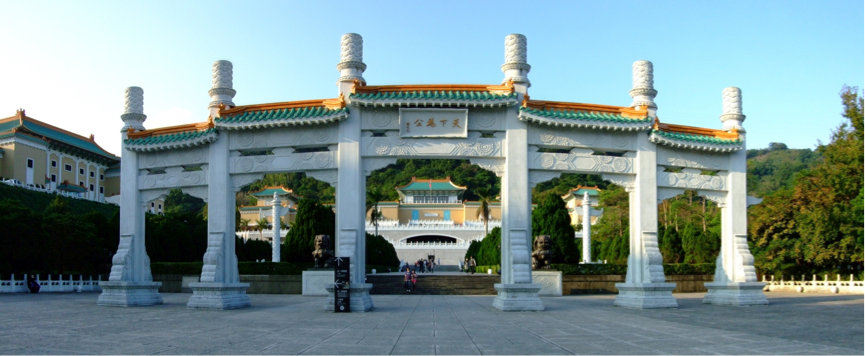
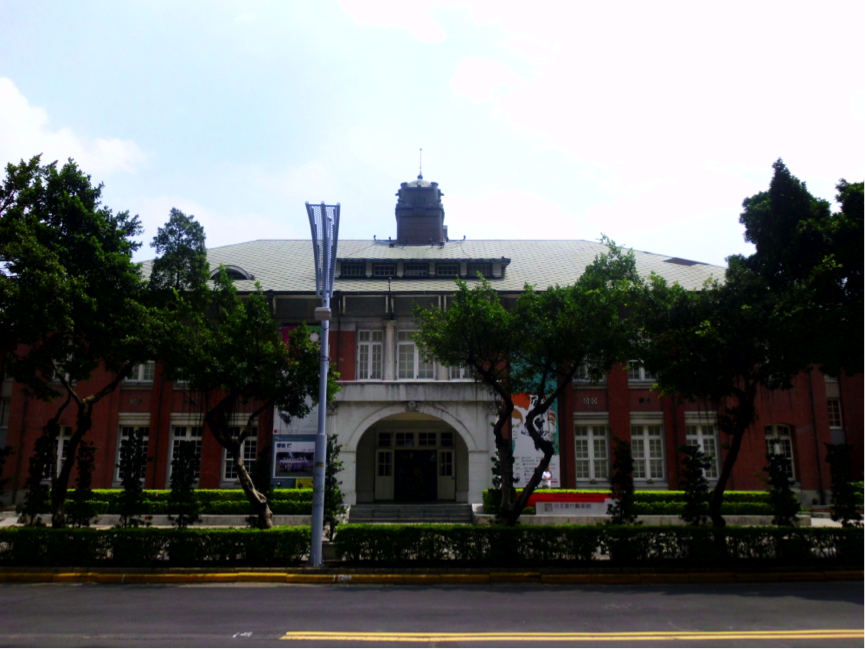
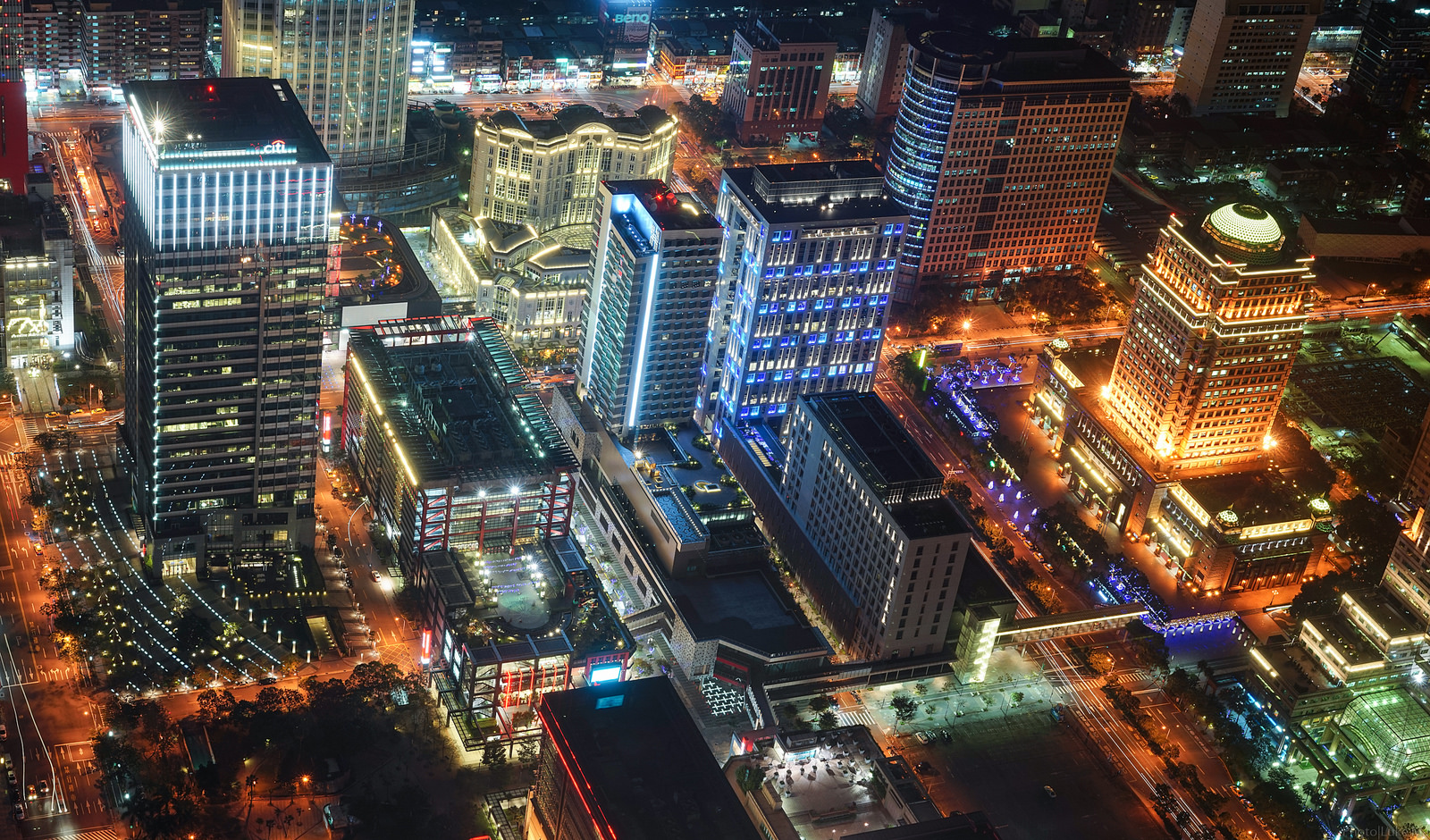
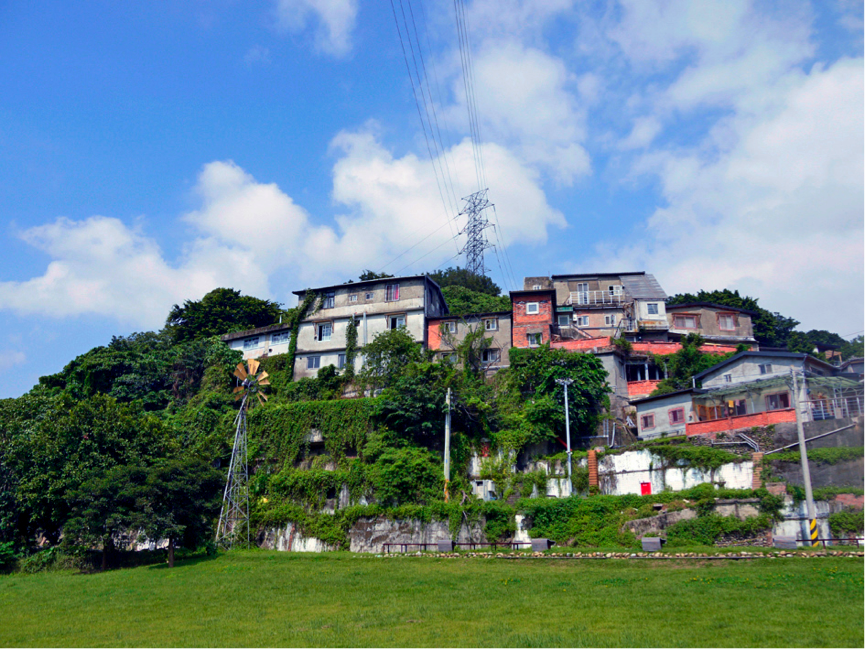


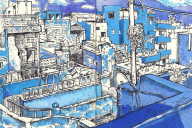

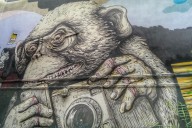


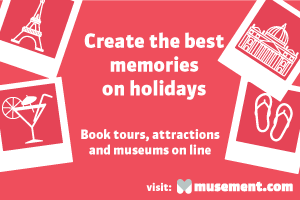


I just returned from a trip to Taiwan. Love the list you’ve put together on Taipei’s art scene. I was thinking of Sun Yat Sen Memorial Hall. Ok, it’s not an art place in itself, but for artists and designers such as myself, it offered a lot of inspiration of life in those days, as well as a bit of culture and history (which I’m always interested in). The other place that comes to mind is Palaise Hotel De Chine. It is very artistic, very elaborately designed and well-thought. The corridors to the hotel rooms give you a feeling of being in the Mozart-era. There is a story to each and every detail (the horse statue that greets you when you enter the hotel) and the coins on the mirrors at the reception. And I have to say about the dinner. It was like an art-feast in itself. The rooms are not decorated with heavy art and design, and remain a restful place. Finally, and I don’t know if you consider food artisanship as ‘art’ but I do. I did a Pineapple cake DIY at Vigor Kobo and it was such a therapeutic experience. Similar to rolling polymer clay and sculpting clay with the hands, but instead you have your hands full of fragrant dough and butter.